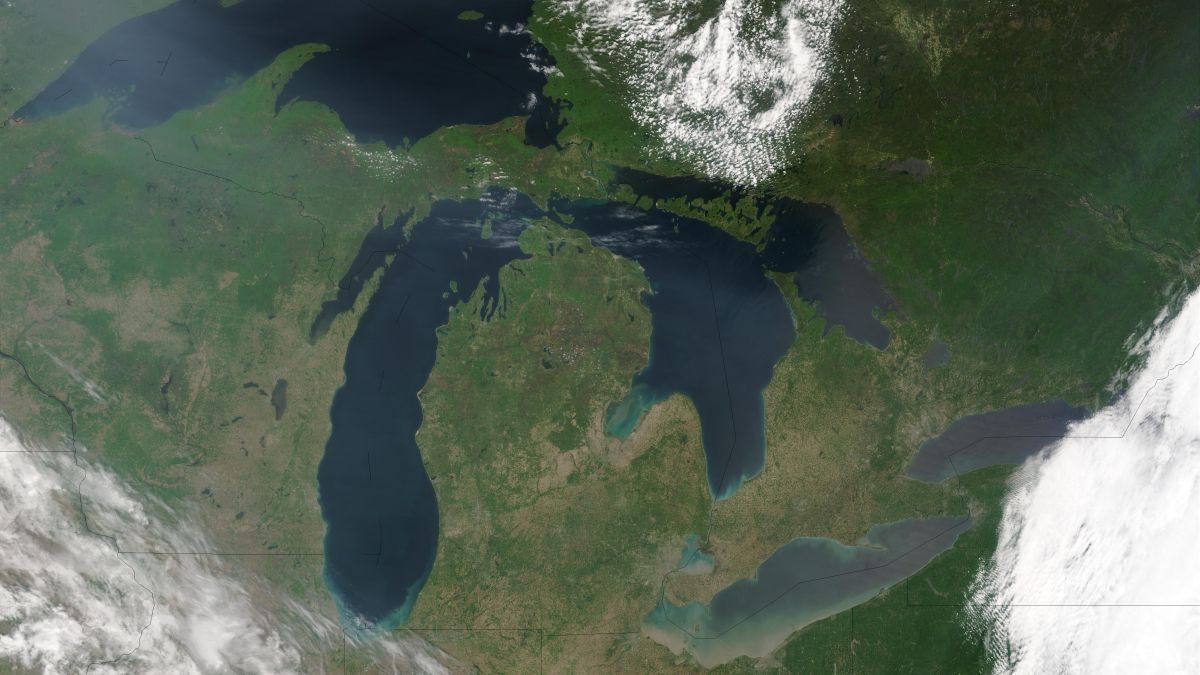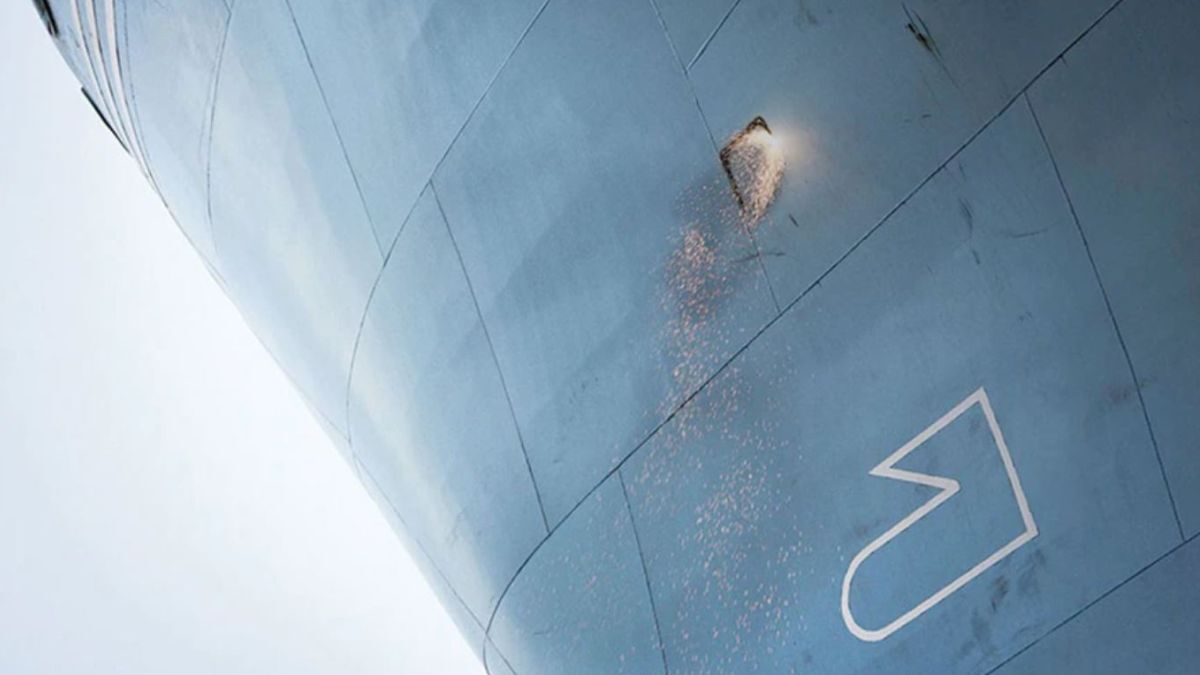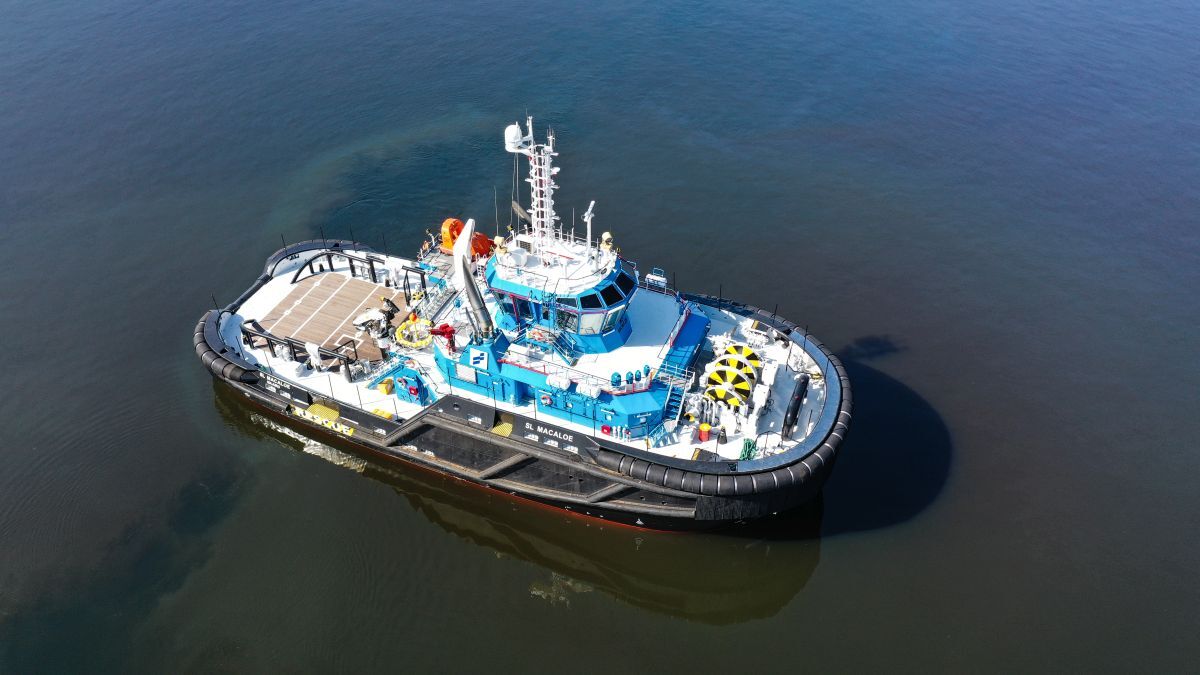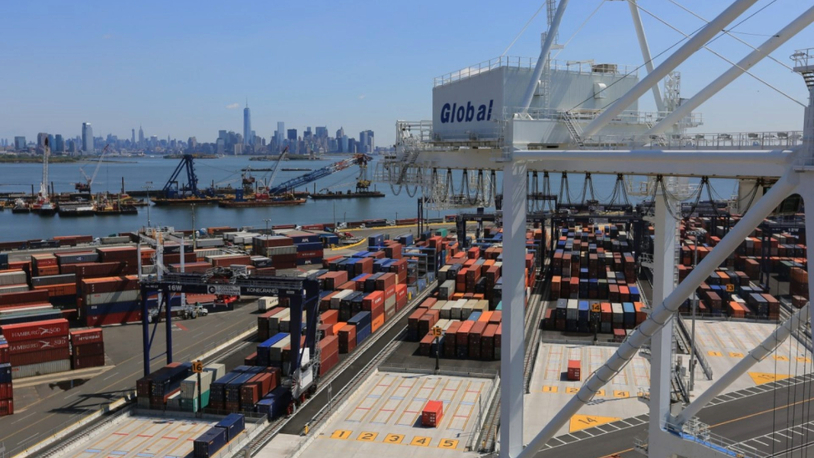Business Sectors
Events
Contents
Register to read more articles.
Great Lakes legislative clash
Invasive species threaten the Great Lakes, but Canada and the USA are on different ballast water treatment regulation pathways
The Great Lakes’ unique conditions, including freshwater with near-zero salinity, cold temperatures ranging from 0-4°C, variable dissolved solids, and areas of low UV transmittance, present significant hurdles for ballast water treatment systems.
Traditional methods such as electrochlorination are hindered by the lack of chloride ions (unless added as part of the treatment), while the cold temperatures slow down chemical reactions essential for effective treatment.
Additionally, UV systems struggle to function optimally due to low flow rates and low UV transmittance in some areas.
Canada has taken a proactive stance by updating its ballast water regulations in 2021 to align with international standards. These regulations mandate the use of ballast water management systems for all ships operating in Canadian waters by 2030, with a phased approach starting with ships built since 2009.
Transport Canada manager and senior policy advisor Colin Henein highlighted* the challenges posed by the Great Lakes’ water quality and cold temperatures. "We knew the use of ballast water management systems would be challenging on the Great Lakes due to the water quality there. But we are encouraged these challenges are declining with experience," said Mr Henein.
In contrast, the United States’ approach, governed by the Vessel Incidental Discharge Act, sets national standards but includes notable exemptions for existing Lakers, or ships operating solely within the Great Lakes.
The Environmental Protection Agency has proposed rules that would require new Lakers to install ballast water treatment systems but would exempt older vessels, a point of contention among environmentalists and policymakers.
Alliance for the Great Lakes chief executive Molly Flanagan stressed the need for comprehensive regulation. "Exempting existing Lakers puts our Lakes at risk and fails to prevent new damage from invasive species," Ms Flanagan asserted.
The effectiveness of ballast water treatment systems in the Great Lakes has been the subject of extensive study and Canadian research has shown that while these systems can achieve a 99% reduction in organisms, compliance with discharge standards remains at around 60%.
Fisheries and Oceans Canada research scientist Sarah Bailey explained, "We have taken paired measurements from a dozen different ships and found that in all tests, we observed at least a 99% reduction following treatment. However, the discharge standard in the regulations is 10 individuals per cubic metre, and this is not always met, especially in cases of very high initial organism abundance."
Environmentally invasive species like zebra mussels can disrupt local ecosystems, leading to a loss of biodiversity and altered food webs.
As the Great Lakes Fishery Commission deputy executive secretary Dr Marc Geden noted, "Invasive species exert a top-down or bottom-up effect on the fishery. The zebra mussel, for example, filters out plankton, robbing the ecosystem of a critical food source and leading to poor condition in some fish species like whitefish, which is commercially valuable."
Both countries currently require international ships to treat ballast water, but aligning regulations for domestic ships remains a challenge.
Mr Henein stressed the importance of binational co-operation, stating, "Binational alignment is crucial for ships that operate across the Great Lakes. Our focus will be on collecting data from working ships to drive technology optimisation and ensure lessons learned are shared across the region."
*Protecting the Great Lakes from invasive species: How ballast water regulation can help. Watch
Related to this Story
Events
Offshore Support Journal Conference, Americas 2025
LNG Shipping & Terminals Conference 2025
Vessel Optimisation Webinar Week
© 2024 Riviera Maritime Media Ltd.














